Overseers of a fund established to protect the Nechako River and Cheslatta watersheds have issued a strategy for how the money could be spent over the next 30 years.
Out of the $50 million Rio Tinto's predecessor, Alcan, committed as part of a 1997 deal with the provincial government, the Nechako Environmental Enhancement Fund has $42.9 million left to spend.
Under a plan made public this week, $850,000 a year of that money will be allocated to restoration and stewardship projects in the Nechako watershed, $231,251 a year to similar projects in the the Cheslatta watershed, $200,000 a year to post-secondary research projects and $59,248 a year to administrative costs.
NEEF's management committee will consider projects of up to four years and while proposals for projects with a longer lifespan will be subject to written approval by both parties to the 1997 agreement.
Justus Benckhuysen, who represents Rio Tinto on the management committee, said the step provides clarity for those interested in applying for a grant and confirmed they will remain subject to the applicant securing matching funds from another source. He also confirmed the fund will remain in a "draw-down" format, meaning the money will run out at some point.
That does not sit well with Wayne Salewski. In an interview, the Vanderhoof-based advocate for restoring habitat for salmon and other species along the Nechako said the money should be invested so it could last in perpetuity with the proceeds metered out to restoration projects.
"It's a bank account that will disappear some day," he said.
Moreover, Salewski said NEEF should be governed by a broader group that includes representation for First Nations.
"If you look at any other hydro project in British Columbia - the Peace-Williston fund, the Columbia River fund - all of those are managed outside of the company's purview and they are sustainable and they do multiple projects annually," he said.
Salewski had a bad experience with NEEF. In 2014, the Nechako Environment and Water Stewardship Society was allocated $1 million in 2014 to be spent over five years to work on stream restoration. But three years later the project was suspended and the group gave back $700,000.
"It wasn't in a bank account and so we were spending money faster than they were reimbursing us," Salewski said. "We ended up short $100,000 for an eight-month period while I had contractors who had done work."
The fund was established in 1997 as part of a dispute between Alcan and the then NDP government over its scuttling of a $1.3-billion hydroelecric project.
The Kemano completion project - on which which Alcan had already spent $500 million - would have diverted more water from the Nechako River system.
So far, $7.1 million has been spent or committed. The amount includes $4 million for sturgeon recovery and $999,950 for research based at University of Northern British Columbia to help Rio Tinto make better decisions about when and how much water to release from the Nechako Reservoir. Those amounts include funds committed for 2019-22 but not yet dispersed.



